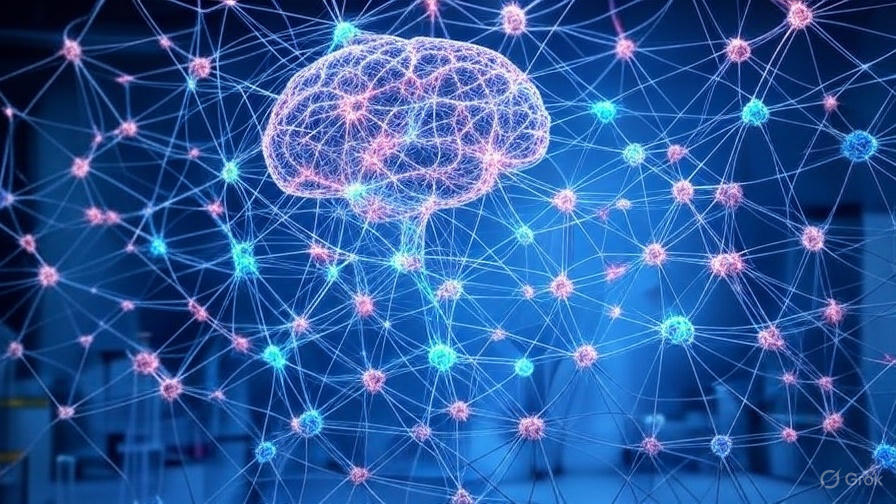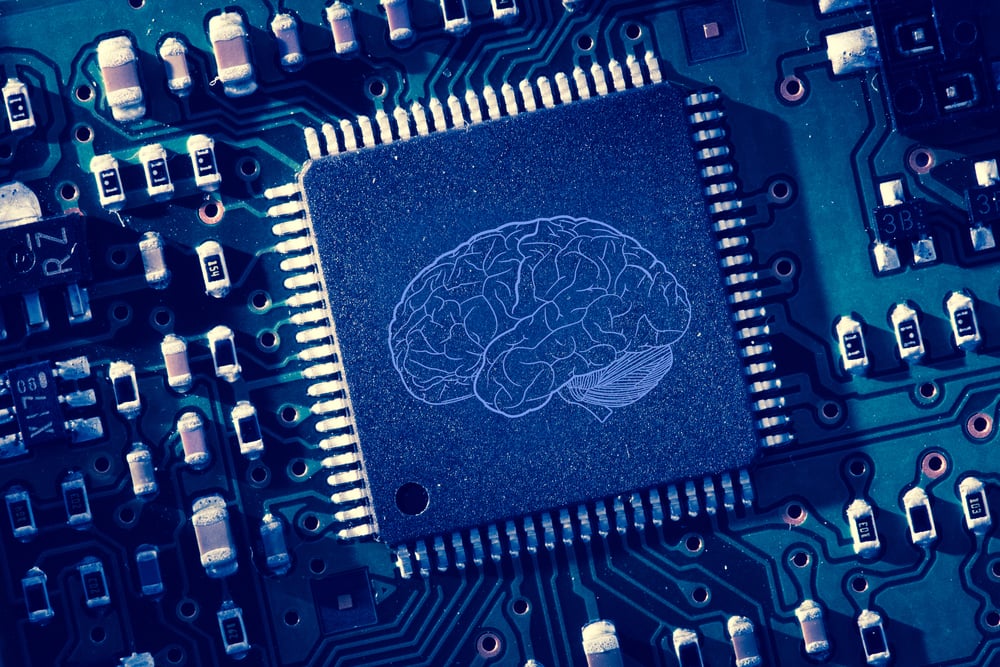

Keep reading


Neuromorphic hardware is revolutionizing the development of AI by mimicking how the human brain sends electrical impulses. Ideal for advanced robotics, IoT devices, and wearables that work without a constant cloud connection.
Market projections (Future Markets report) anticipate mainstream adoption in the coming years.
Curved neural networks use geometric approaches to organize data more efficiently, reducing huge dataset needs and improving performance in fields like robotics and AI decision-making.
See FAQ Q2 for details on performance improvements.
XAI is crucial for regulated industries like healthcare and finance as it explains why decisions are made. Tools like SHAP and LIME are widely used.
AI methods such as retrieval-augmented generation allow robots to understand human intentions and emotions in real time. This greatly boosts collaboration in industries and homes. Related tech is used in neuromorphic systems for processing efficiency.
Neuromorphic silicon chips replicate brain neural networks, enabling ultra-efficient AI processing. Challenges remain in mass production, but adoption is growing.
By mimicking the brain and processing in parallel, it saves energy (see section).
They boost adaptability and memory strength, cutting down data needs (details here).
It ensures trust and compliance by showing decision factors (full explanation).
It lets robots integrate context in real time (read more).
High costs and complexity (chip section).
